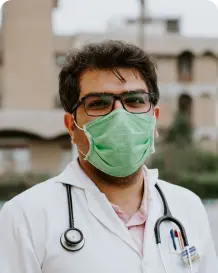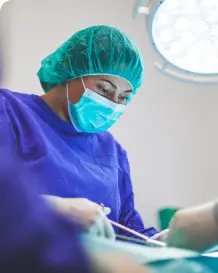Appendicitis Treatment in Ludhiana
Appendicitis is a condition that can develop if your appendix gets infected or inflamed. A little tube-shaped structure, the appendix is found near the colon, which is joined to the big intestine. Although the function of the appe... Appendicitis is a condition that can develop if your appendix gets infected or inflamed. A little tube-shaped structure, the appendix is found near the colon, which is joined to the big intestine. Although the function of the appendix is unknown, appendicitis is a dangerous condition. To remove the unhealthy appendix, a surgeon typically performs an Appendicitis Surgrery in Ludhiana. Read more
Latest procedures
 50+
50+
Expert surgeons
Personal Assistance







